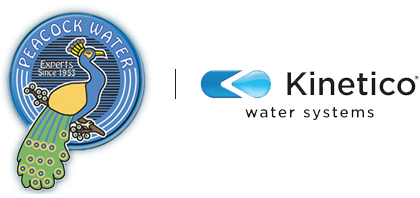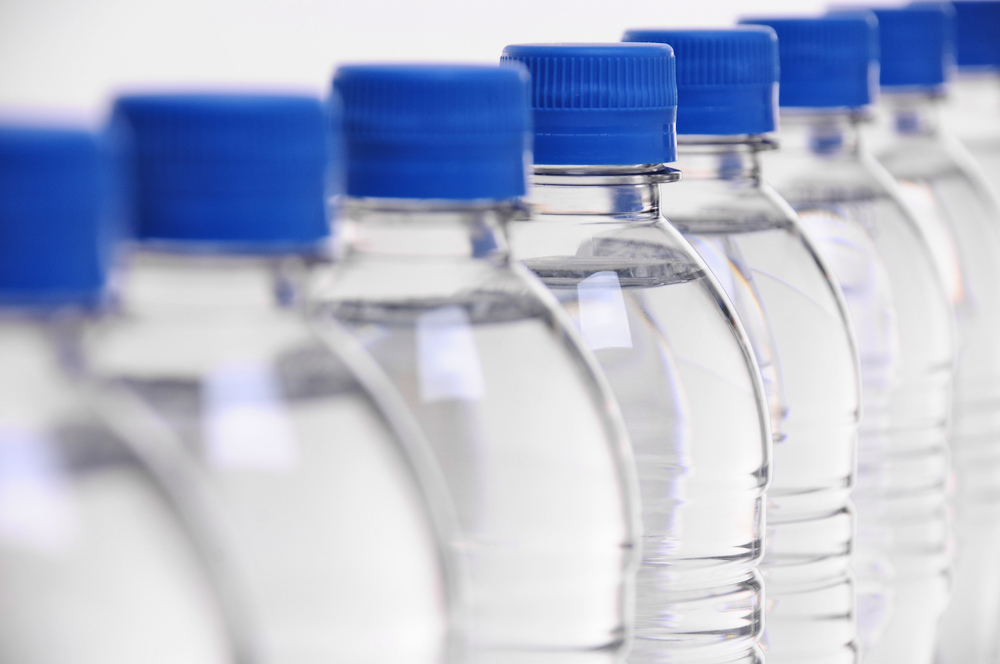Years ago when children were out running the neighborhood they would become thirsty and simply find a hose to drink from. We have since learned that overheated garden hoses have some contaminates in them and it is probably not a great idea to drink from them. But today people purchase water bottles believing that bottled water is better than the water from the garden hose, or their tap.
The cost
Americans are the largest consumer of bottled water. It costs money, time, and energy to transport the water that is “spring”, “mountain stream” and “pure” to retailers and then to our homes. Over $4 billion is spent annually on bottled water, this is a much greater expense than turning on the tap.
Tap water cost approximately $.0015/gallon vs. $.89 up to over $8 a gallon. What you might not want to think about are the estimates that at least 40% of bottled water comes from municipal water sources, or in other words, tap water. So the brand X water you regularly purchase might taste different than your tap water because it does not come from your home, but rather a tap in another state with different minerals than your tap water.
The packaging
You are probably aware of the initials BPA (bisphenol A) because your water bottles, as many other plastic items, are designated BPA free. However, studies are showing the substitute BPS may cause health issues as well, including hyperactivity.
Of course, this is to say nothing of what happens to the actual bottles themselves after use.
- 32 million tons of plastic waste generated a year
- 12% is recycled
- 10 billion gallons of bottled water is consumed
- 1 in 5 bottles is recycled
This is driving us to a large percentage of plastic in landfills or out in the ocean. These water bottles along with other plastic trash decompose into microscopic pieces and end up being swallowed by many sea animals and cause their death. Clean up projects on the West Coast alone runs upwards of $500 million annually.
The contents
In 2015 several brands of bottled water were recalled due to e.coli and there are other issues with contaminants in bottled water. The Environmental Working Group tested 10 popular store brands in 9 states. Here are a few things they found.
- 22% bottled water tested contained contaminants above state health limits
- Total of 38 chemical pollutants with an average of 8 per brand
- Over 33% of the chemicals are not regulated in bottled water
- 4 were contaminated with bacteria
Your Tap Water
The EPA regulates the water that goes to your house while the FDA regulates bottled water and the standards are not the same. The EPA and local water agencies regularly test the local water and make the information public. While it’s much easier to reach for another bottle out of the case, it is likely not the best idea for you, your family and the environment.
The EPA regulates the water that goes to your house, but the plumbing that brings the water from the street to your home has a lot to do with the state of the water coming out of your tap. After a free analysis, a water specialist can work with you on the best type of drinking system for your home to give you good quality water and save you money.


